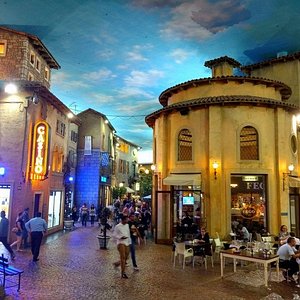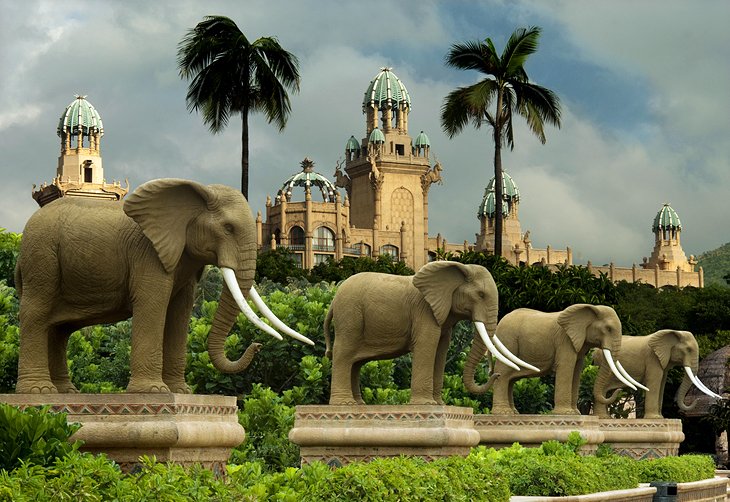The Of Johannesburg North Attractions
The Of Johannesburg North Attractions
Blog Article
Some Known Facts About Johannesburg North Attractions.
Table of ContentsOur Johannesburg North Attractions StatementsThe Johannesburg North Attractions IdeasSome Of Johannesburg North AttractionsHow Johannesburg North Attractions can Save You Time, Stress, and Money.About Johannesburg North AttractionsJohannesburg North Attractions Things To Know Before You Get ThisThe Only Guide for Johannesburg North Attractions
You ought to maintain security in mind and vacationers must stay alert at all times when in unfamiliar environments. Speak to the residents when you remain in community to learn about the area you are remaining in. Johannesburg North attractions. When on the street (this doesn't put on shopping malls and other safe atmospheres) ideal basic suggestions is to try your ideal to resemble a local and to prevent showing any kind of form of wealth
Get This Report on Johannesburg North Attractions
Professor Revil Mason O. J. (Thomson, 1946) discovered the Witwatersrand's pre-colonial history. His archaeological work took off the 'em pty land' myth, according to which the area was without human habitation prior to the arrival of European inhabitants. In his magazines Prehistory of the Transvaal: A Document of Human Task (1962) and Origins of Black People of Johannesburg and the Southern Western Central Transvaal Advertisement 3501880 (1986 ), Teacher Mason showed the level of social and economic advancement in the area prior to Europeans set foot below.

The Johannesburg North Attractions Ideas
He showed the government's authorization, granted after he had actually promised to maintain his discoveries key. In 1874, small-scale mining procedures were started in the Magaliesberg, where an Australian, Henry Lewis, had discovered gold down payments. In 1878, David Wardrop located gold in quartz veins at Zwartkop, north of Krugersdorp. In 1881, Stephanus Minnaar stumbled upon gold on the farm Kromdraai, near the Cradle of Mankind.
In March 1886, a protrusion (quickly to be called the Main Reef) was found, fairly fortuitously, on Gerhardus Oosthuizen's ranch Langlaagte. Some state that the Lancastrian coal miner George Pedestrian discovered this reef. One more travelling English miner, George Harrison (who had actually previously operated in Australian mines) obtained a prospecting licence in respect of Langlaagte in Might 1886.
He determined to carry on in a quest for greener fields, and disposed of his Langlaagte insurance claim for the baronial amount of 10. Alas: below lay the wealthiest goldfield ever found. The exploration of this rich auriferous coral reef prompted a gold rush that signified completion of agrarian serenity in the southerly Transvaal.
It would certainly, within 6 years, come to be the largest community in southerly Africa. Within a years, it would make the Z. A. R. till then an anarchical and insolvent little state the most affluent country in Africa. By the turn of the century, the Z. A. R. was to surpass Russia, Australia and the USA of America to end up being the globe's leading gold producer, producing greater than a quarter of the world's gold.
Not known Facts About Johannesburg North Attractions
It was referred to as Ferreira's Camp, called after Colonel Ignatius Ferreira. He was a Boer adventurer upon whom the British authorities had presented the status of Friend of the Many Identified Order of St Michael and St George (qualifying him to the post-nominal letters C. M. G.) in gratitude for his function in the war that had deposed the Pedi king Sekhukhune in 1879.
Soon the camp was including outdoors tents and wagons as newbies arrived daily from everywhere. By September 1886, some 400 people lived in Ferreira's Camp, which quickly boasted upraised iron and lumber structures. Two other camps were developed: Meyer's Camp on the farm Doornfontein, and Paarl Camp. The latter was nicknamed Afrikander Camp; lots of people from their explanation the Cape Nest resolved there.

The smart Trick of Johannesburg North Attractions That Nobody is Talking About
This name got currency by word of mouth, such that the State Secretary verified the name to the Mining Commissioner on 9 October 1886. Stands in the town were auctioned on 8 December 1886. While some stands were cost 10, others were knocked down for as little as sixpence.
2 years later, these erven were to transform hands for as long as 750 each. The tented camps dwindled as a dorp of corrugated iron buildings developed and increased north of the mines located along the Key Reef Roadway. Areas such as Jeppe's Town (where working-class immigrants erected their residences) and Doornfontein (where the affluent new 'Randlords' started to build their extravagant residences) were quickly contributed to this page the ever-expanding map of the town.
The 45-Second Trick For Johannesburg North Attractions
Apart from the street names, there were no signs of Johannesburg being situated in a Dutch-speaking country., nearly everyone spoke English and even the Government servants dealt with one in English, unless they were very first resolved in the Taal (or Low Dutch)'.
As such, Britain had an interest in guaranteeing optimal conditions for gold production on the Witwatersrand, which the gold was exported to London rather than Berlin an important rendered even more clamant by the Z. A. R - Johannesburg North attractions.'s boosting toenadering with Germany. Mine owners were on a clash with President Kruger, whose policy of monopolistic giving ins (typically approved to his cronies) protected against mining business from obtaining supplies of materials (specifically Get More Info dynamite) and work by themselves, less expensive terms
The smart Trick of Johannesburg North Attractions That Nobody is Talking About
In 1890, the Volksraad had actually restricted the franchise business to white men that had lived in the Z. A. R. for fourteen years or longer, thus disqualifying a lot of the immigrants (who occurred to be the significant contributors to the fiscus). However, anxiety for the ballot was a plain pretext for promoting a various schedule; a lot of uitlanders regarded themselves as temporary site visitors and had no purpose of remaining in the Z.
Report this page